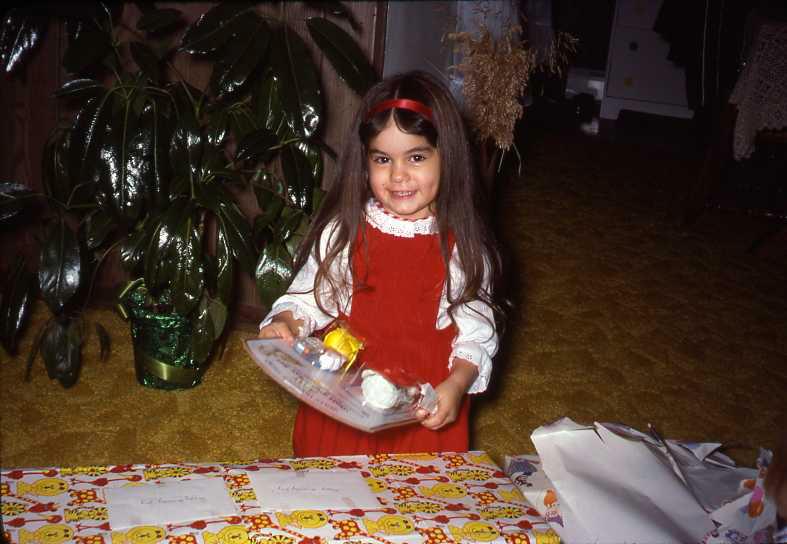Real Estate Photos vs. Magazine Photos: One Sells the Space, the Other Sells a Vibe

If you’ve ever looked at a glossy interior design magazine and thought, “Wow, my real estate listing photos look nothing like this,” you’re not alone. The difference isn’t just in the house—it’s in the photography style. While both magazine-style and real estate photography aim to make spaces look desirable, they have very different goals, techniques, and vibes. One is meant to sell a home, and the other is meant to make you want to live in a home you probably can’t afford. Knowing which one you need can save you from disappointment (and awkwardly staged fruit bowls).
Real Estate Photography: The “Show Me the Square Footage” Approach
Real estate photography is all about showing as much of the space as possible. The goal? To help buyers get a clear idea of what they’re getting into—without actually stepping inside. That means:
Wide-angle shots that make your closet-sized bedroom look borderline luxurious.
Bright, neutral lighting to convince buyers your windowless basement is “cozy.”
Minimal artistic flair—no dramatic mood shots here, just clean, clear, functional images.
Shot composition that maximizes depth and space (often taken from corners to make rooms feel larger than they actually are).
Editing that keeps things looking realistic (but maybe a little better than real life).
💡 Best For: Home listings, rental property marketing, real estate agents, and anyone who wants to make a room look bigger without actually knocking down a wall.
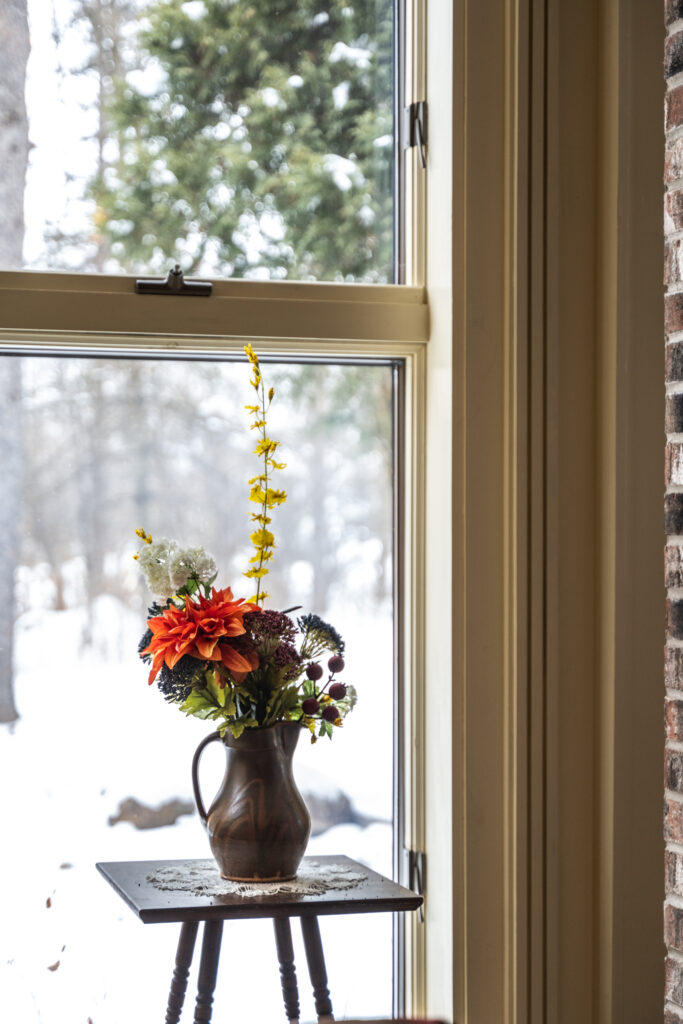
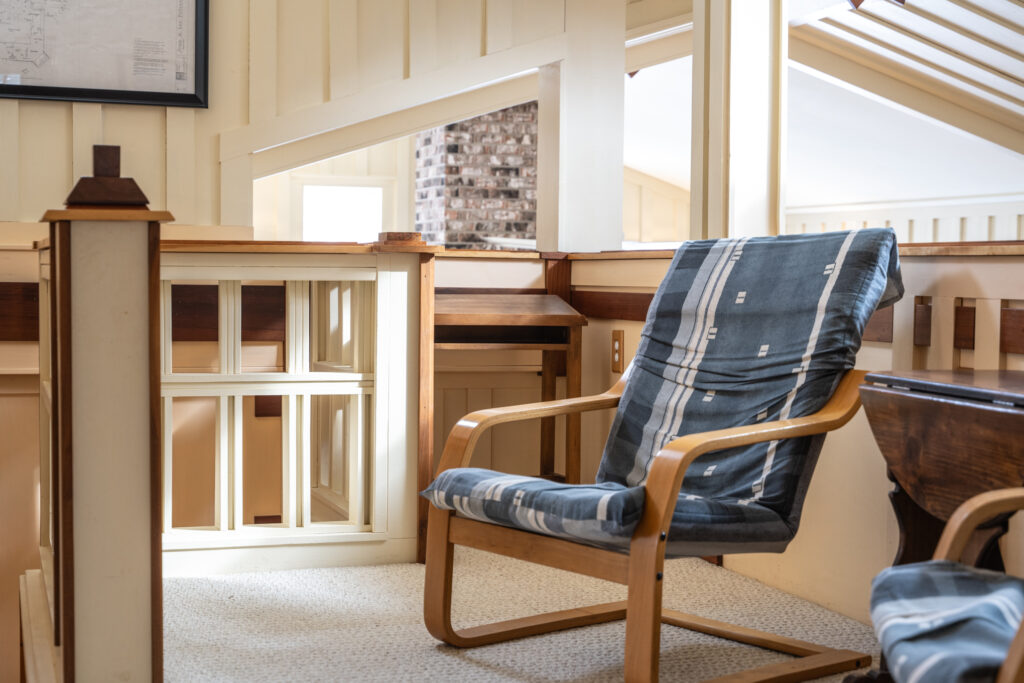
Magazine-Style Photography: The “I Wish My House Looked Like This” Approach
Magazine photography isn’t about showing the full space—it’s about creating a mood. Instead of proving that a house has four walls and a roof, it’s meant to seduce you into wanting to be there. Think Architectural Digest meets Instagram influencer aesthetic.
Close-ups of carefully placed decor (because apparently, a casually tossed linen throw is essential to home happiness).
Dramatic lighting and shadows to make an ordinary couch look like a masterpiece.
Blurry backgrounds and depth-of-field tricks to make you forget about things like practicality.
Editorial storytelling—instead of showing an entire room, the photo suggests an aspirational lifestyle (even if that lifestyle involves drinking espresso in an all-white outfit on an all-white couch).
Creative angles and artsy compositions—sometimes showing less actually makes a space feel more luxurious.
💡 Best For: Interior designers, luxury vacation rentals, boutique hotels, and people who want their homes to look effortlessly stylish (without showing the pile of laundry just outside the frame).
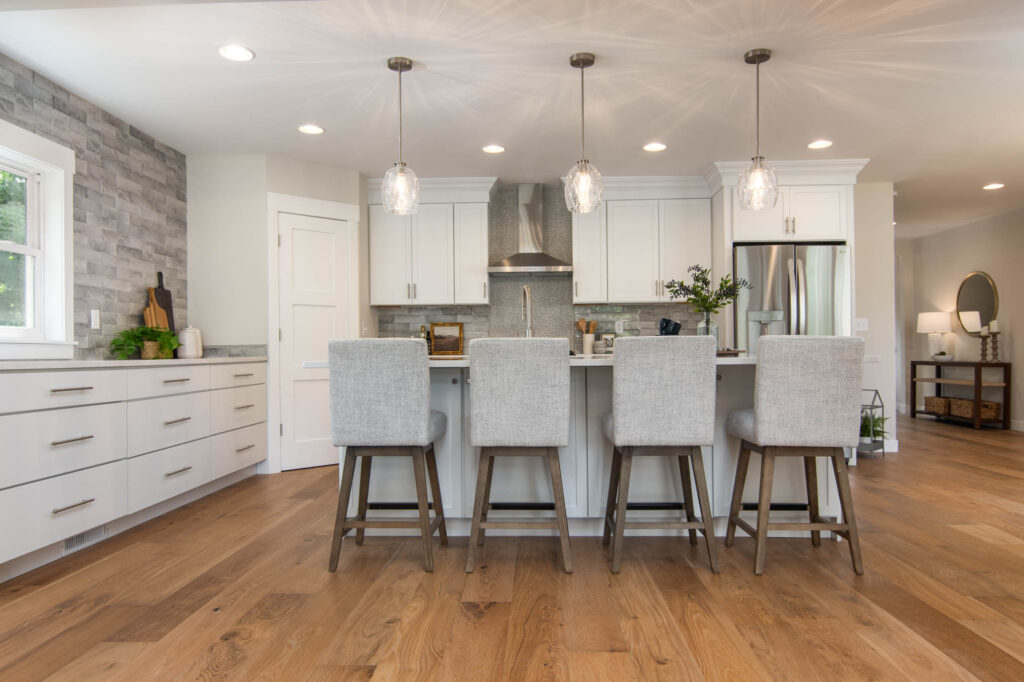
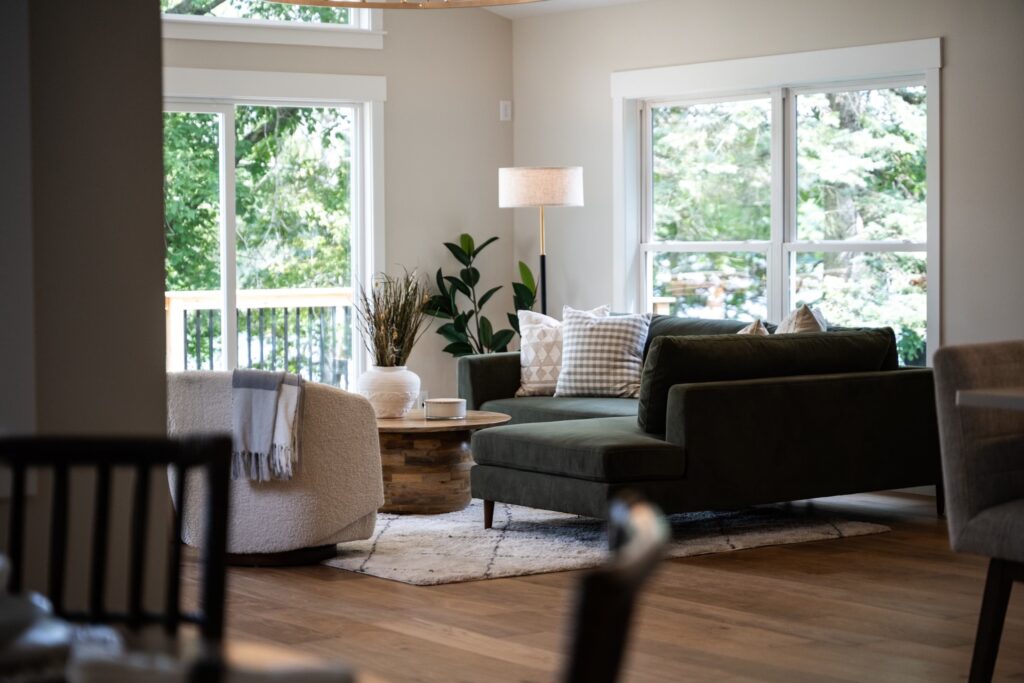
So… Which One Do You Need?
If you’re selling or renting a property, stick with real estate photography—buyers need clarity, not mystery.
If you’re marketing a brand, interior design portfolio, or high-end vacation rental, magazine-style photography is your best bet—it’s about selling the fantasy, not just the space.
If you want both, a blended approach (wide shots for layout, close-ups for aesthetic) works best for luxury listings and boutique properties.
Final Thoughts:
If you’ve ever been disappointed that your real estate listing photos don’t look like something from Dwell Magazine, it’s because they weren’t supposed to. Real estate photography sells a space, magazine photography sells a feeling. One helps buyers see the potential of a home; the other makes them irrationally desire a velvet armchair they’ll never sit in. Choose wisely.

